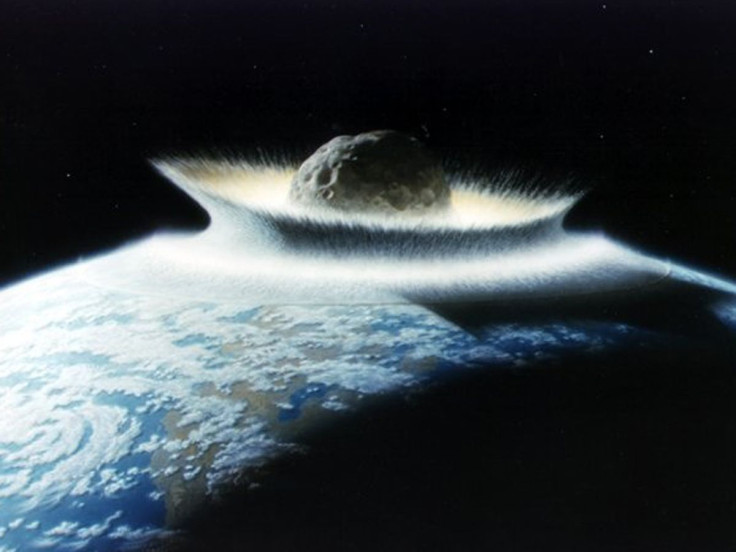Biggest Killer Asteroid Of 2019 Headed For Earth This October

The biggest asteroid to approach Earth this year will arrive in a couple of weeks, according to NASA. If the potentially hazardous asteroid (PHA) ends up hitting Earth, the impact event would create an explosion powerful enough to wipe out a large and populated city.
The approaching asteroid has been identified as 162082 (1998 HL1). According to NASA’s Center for Near Earth Object Studies (CNEOS), this asteroid has been classified as an Apollo. Like other asteroids that belong to this family, 162082 (1998 HL1) has a very wide orbit that takes it around the Earth and the Sun. From time to time, the asteroid’s orbit intersects with that of Earth as the planet travels around the massive star.
Due to the asteroid’s close-intersections with Earth, it has been labeled by CNEOS as potentially hazardous.
“Potentially hazardous asteroids are currently defined based on parameters that measure the asteroid’s potential to make threatening close approaches to the Earth,” CNEOS explained in a statement.
“Specifically, all asteroids with a minimum orbit intersection distance of 0.05 [astronomical units] or less and an absolute magnitude of 22.0 or less are considered PHAs,” the agency added.
With an estimated diameter of 3,248 feet and traveling at a velocity of 25,000 miles per hour, 162082 (1998 HL1) is certainly a dangerous asteroid. If it ends up hitting Earth, it would create a crater that’s several miles wide. In addition, the explosion from the asteroid’s impact would produce energy equivalent to millions of atomic bombs.
If 162082 (1998 HL1) strikes a major city, the entire area will be completely wiped out. On the other hand, if the asteroid hits the ocean, it will trigger towering mega-tsunamis that are powerful enough to destroy coastal and nearby inland areas.
Fortunately, it seems 162082 (1998 HL1) will completely miss Earth during its upcoming approach. According to CNEOS, the massive asteroid is expected to fly past Earth on Oct. 25 at 1:21 p.m. EDT. During its approach, it will be about 0.04155 astronomical units or almost 3.9 million miles from the planet’s center.
After its upcoming visit, the asteroid is expected to return to Earth’s neighborhood on Oct. 15, 2026.
© Copyright IBTimes 2024. All rights reserved.





















